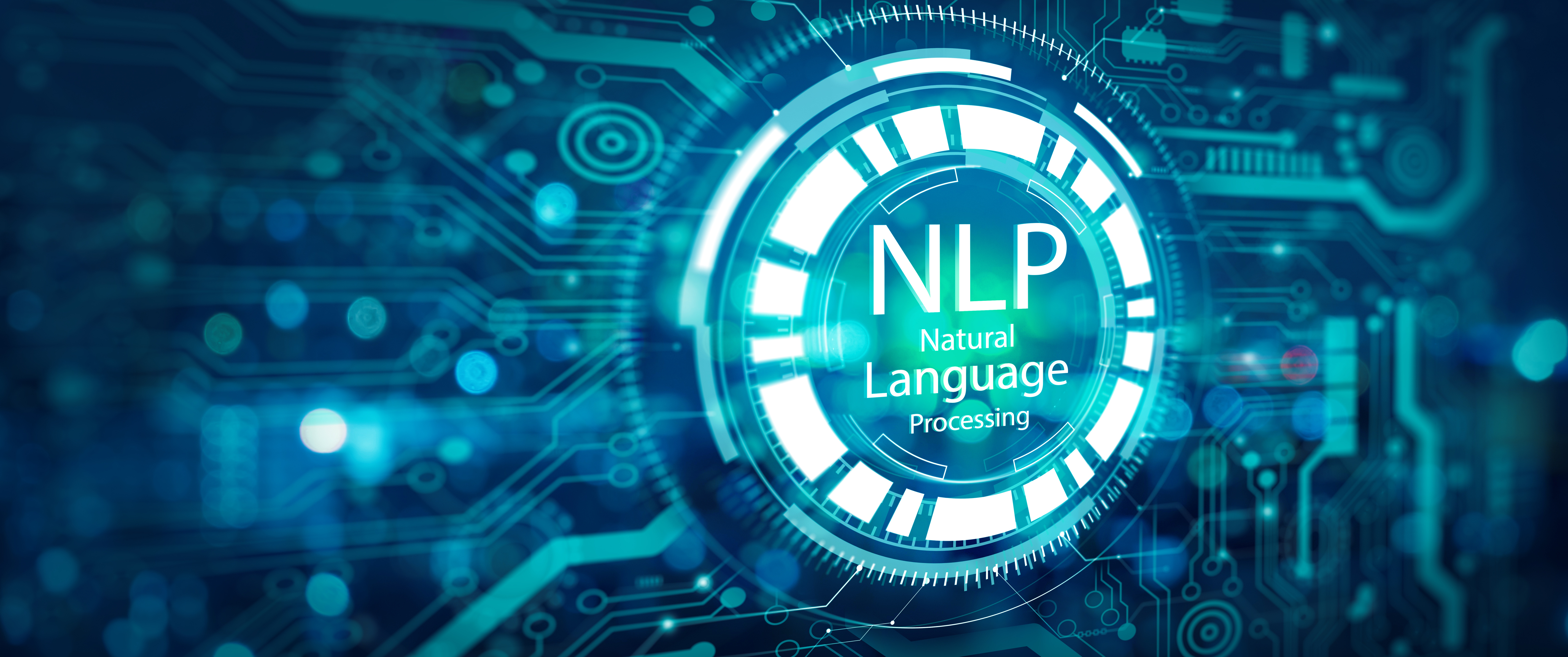In this comprehensive article, we will delve into the world of AI writing generators, exploring their inner workings, advantages, limitations, and future prospects. We will also provide insights into best practices for using these tools and discuss their impact on the writing industry.
How AI Writing Generators Work
AI writing generators utilize advanced machine learning techniques to analyze vast amounts of text data, learning the patterns and nuances of human language. These algorithms are trained on a diverse corpus of writing, including articles, books, websites, and other written content, enabling them to understand the structure, grammar, syntax, and style of different writing genres.

Once trained, AI writing generators can generate original text based on the input provided by the user. This input can be a topic, keyword, or even a sample piece of writing. The algorithm then uses this information to create new content that is coherent, grammatically correct, and stylistically consistent with the given input.
Some AI writing generators also have the ability to learn from user feedback, continuously improving their writing capabilities. This means that the more the tool is used, the better it becomes at generating high-quality content.
Natural Language Processing (NLP)
At the core of AI writing generators is natural language processing (NLP), a branch of AI that focuses on teaching computers to understand and interpret human language. NLP enables AI writing generators to analyze and interpret text, identify key concepts and themes, and generate new content that is relevant and meaningful.

NLP algorithms use a combination of techniques, including statistical models, machine learning, and deep learning, to process and understand language. These algorithms are trained on large datasets of text, allowing them to learn the rules and patterns of language and apply them in generating new content.
Neural Networks
Another key component of AI writing generators is neural networks, which are computational models inspired by the structure and function of the human brain. These networks consist of layers of interconnected nodes that work together to process information and make decisions.
In the context of AI writing generators, neural networks are used to generate text based on the input provided by the user. The network analyzes the input and generates output through a series of calculations and transformations, mimicking the way the human brain processes information.
Benefits of Using AI Writing Generators
The rise of AI writing generators has brought about numerous benefits for writers, businesses, and individuals alike. Let’s take a closer look at some of these advantages:
Time-Saving
One of the biggest advantages of using AI writing generators is the time-saving aspect. These tools can generate high-quality content in a matter of minutes, significantly reducing the time and effort required for manual writing. This is especially beneficial for businesses that need to produce large volumes of content regularly.
Cost-Effective
AI writing generators can also be cost-effective, as they eliminate the need for hiring expensive copywriters or content creators. With these tools, businesses and individuals can create high-quality content at a fraction of the cost, making it a more affordable option for content creation.
Consistency
Consistency is crucial in writing, especially for businesses that need to maintain a consistent brand voice and tone across all their content. AI writing generators ensure consistency by using the same style, tone, and vocabulary throughout the generated content, making it easier to maintain a cohesive brand image.
Versatility
AI writing generators are versatile tools that can be used for various purposes, such as creating blog posts, social media content, product descriptions, and more. This versatility makes them suitable for a wide range of industries and writing genres.
Top AI Writing Generator Tools
As the demand for AI writing generators continues to grow, so does the number of tools available in the market. Here are some of the top AI writing generator tools that you can consider using:
1. OpenAI’s GPT-3
OpenAI’s GPT-3 (Generative Pre-trained Transformer) is one of the most advanced AI writing generators available today. It uses a massive dataset of text to generate human-like content, making it difficult to distinguish between content written by humans and that generated by the tool.
GPT-3 has been trained on a diverse range of writing genres, including news articles, books, and websites, making it a versatile tool for various applications. It also has the ability to learn from user feedback, continuously improving its writing capabilities.
2. Article Forge
Article Forge is another popular AI writing generator that uses deep learning algorithms to create high-quality content. It can generate unique articles on any topic in just a few minutes, making it an ideal tool for businesses that need to produce large volumes of content regularly.
One of the standout features of Article Forge is its ability to automatically add relevant images and videos to the generated content, making it more engaging and visually appealing.
3. Writesonic
Writesonic is a user-friendly AI writing generator that allows users to create various types of content, including blog posts, product descriptions, and ad copy. It uses natural language processing and machine learning techniques to generate content that is both informative and engaging.
One of the unique features of Writesonic is its “Content Improver” tool, which provides suggestions for improving existing content, making it a useful tool for editing and proofreading.
AI Writing Generators vs Human Writers
While AI writing generators offer numerous benefits, they also raise questions about the future of human writers. Let’s take a look at some of the key differences between these two forms of content creation:
Speed and Efficiency
When it comes to speed and efficiency, AI writing generators have a clear advantage over human writers. These tools can generate high-quality content in a matter of minutes, while human writers may take hours or even days to produce the same amount of content.
Creativity and Originality
One area where human writers still have an edge over AI writing generators is in creativity and originality. While AI tools can generate coherent and grammatically correct content, they lack the ability to think outside the box and come up with unique ideas and perspectives.
Personalization and Emotion
Human writers are also better at creating personalized and emotionally resonant content. They have the ability to infuse their writing with personality, emotion, and empathy, making it more relatable and engaging for readers.
Limitations of AI Writing Generators
Despite their numerous benefits, AI writing generators also have some limitations that need to be considered. These include:
Lack of Contextual Understanding
AI writing generators lack contextual understanding, which means they may not always produce content that is relevant or appropriate for a specific audience or purpose. This is because these tools rely on statistical models and algorithms, rather than actual knowledge and understanding of the topic.
Limited Vocabulary and Style
Another limitation of AI writing generators is their limited vocabulary and style. These tools are trained on a specific dataset of text, which means they may not be able to generate content that is outside of their training data. This can result in repetitive or generic content that lacks creativity and originality.
Inability to Replace Human Writers
While AI writing generators can save time and effort, they cannot completely replace human writers. These tools lack the ability to think creatively, understand complex ideas, and infuse emotion into their writing, which are all essential elements of high-quality content.
Future of AI Writing Generators
The future of AI writing generators is promising, with continued advancements in technology and machine learning. These tools are likely to become more sophisticated, with the ability to generate content that is even more human-like and personalized.
However, it is unlikely that AI writing generators will completely replace human writers. Instead, they are likely to be used in conjunction with human writers, with each playing a different role in the content creation process.
Best Practices for Using AI Writing Generators
To get the most out of AI writing generators, here are some best practices to keep in mind:
1. Provide Clear and Specific Input
To ensure that the generated content is relevant and accurate, it is essential to provide clear and specific input to the tool. This can include keywords, topics, or even a sample piece of writing for the tool to analyze and learn from.
2. Edit and Proofread Generated Content
While AI writing generators can produce high-quality content, it is still important to edit and proofread the generated content before publishing it. This will help catch any errors or inconsistencies and ensure that the content is suitable for your audience and purpose.
3. Use Multiple Tools
Different AI writing generators may have different strengths and weaknesses, so it is beneficial to use multiple tools to compare the quality of the generated content. This will also help avoid repetitive or generic content.
Conclusion: The Impact of AI Writing Generators on the Writing Industry
AI writing generators have undoubtedly made a significant impact on the writing industry, offering numerous benefits and potential applications. These tools have the potential to save time and effort, reduce costs, and improve the consistency and versatility of content creation.
While they may not completely replace human writers, AI writing generators are likely to play an increasingly important role in the content creation process. As technology continues to advance, we can expect these tools to become even more sophisticated and capable of generating high-quality, human-like content.
In conclusion, AI writing generators are a valuable addition to the writing landscape, and their impact on the industry is only set to grow in the future. By understanding how these tools work, their benefits and limitations, and best practices for using them, writers and businesses can harness their full potential and stay ahead in the ever-evolving world of content creation.